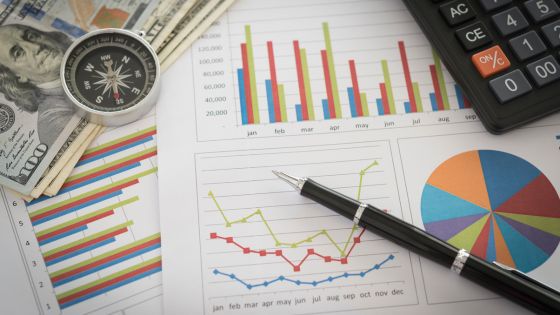One principle still holds very strong in the world of investment: diversification is the key. It’s like having a well-balanced diet for your money. Commodities make up your mostly holistic and solid strategy for investment diversification. Here is a look into why commodities are more than just shiny assets and how they can benefit your portfolio.
The Essence of Diversification
The golden rule for minimising the exposure to risk is diversification. If you spread your investments over several classes of assets, you’re lessening the impact of any one of them not doing well. It’s just like a financial future safety net.
Finding the perfect cocktail of assets that works for your time horizon, investment goals, and tolerance for risk is, in many ways, somewhat of a fine art. For example, a person of the age group just before retirement might like to have a mix of bond and share investment, which is conservative, while an investor with an extended time before retirement and belonging to the younger age group might opt to have more equities in his portfolio.
The other component of diversification is geographical. Investment in assets from different regions or even countries can be availed to further reduce risk due to spreading exposure to geopolitical events, economic cycles, or currency fluctuation. This adds another layer of resilience to your investment portfolio.
The Uniqueness of Commodities
Commodities spice up your investment cocktail. Unlike the former, the latter stands for tangible goods. Most of the raw materials, like precious metals, energy, agricultural products, and much more, are in the form of goods that have intrinsic value flowing from general dynamics of supply and demand rather than from corporate performance.
Precious Metals
Gold, silver, platinum, and palladium are examples of precious metals that aren’t just for jewellery lovers. They’re also in high demand among investors who want to glam up their holdings.
Gold
Over centuries, gold has been tested and proved to be an excellent repository of value, for at times of trouble, it is then that investors flock to it like moths to a flame. The rarity, durability, and appeal to all make it an asset that is usually taken into consideration during times of financial uncertainty.
Silver
Often playing second fiddle to its flashier cousin, silver should not be underestimated. The commodity shines not only in jewellery but has many uses within industry. What is more, most of the time, silver may be underpriced compared to gold for the average investor, touting a lower entry barrier.
Platinum
If gold is the king, then platinum is the prince among the precious ones. The metal is well-respected in its industries, which include the automotive and jewellery markets, obviously due to its rarity and unorthodox peculiarities. There are multiple options to invest in platinum, but they all will help make your portfolio a bit more prestigious.
The role of platinum as a protector against economic uncertainty and inflation digs deep into its status as a precious metal with intrinsic value. The value of platinum lends itself not to something easily tampered with, unlike fiat currency, which is patently at the beck and call of central banks and government policies. The supply is very limited, and since the demand is high, it causes the value of bitcoin to surge and remain so over the years. This is a reliable source for one to store their wealth in such times as when there is economic turmoil.
During periods of inflation, when the purchasing power of fiat currencies declines, platinum often experiences appreciation in value. Its scarcity and tangible nature make it an attractive alternative to traditional currencies for preserving wealth. Investors turn to platinum to safeguard their assets against the erosive effects of inflation, seeking refuge in its enduring value and stability.
Why Commodities Matter in Your Portfolio
Commodities offer your investment portfolio with diversification benefits. They have a low correlation with other classes of assets, such as stocks and bonds. This means, therefore, that commodities may not take a similar direction in the event the stock market faces the wrath. This lack of correlation can buffer against downturns in other parts of your portfolio, helping to smooth out overall returns and reduce overall risk.
Further, commodities are traditionally a great protector during peaking times of inflation rates. Demand for hard assets usually increases when the purchasing power of fiat money falls and for purposes of wealth preservation. By having commodities in the portfolio, it could help save the erosion your investments would suffer from the erosive effects of inflation.
Final Thoughts
Putting commodities in an investment portfolio is a strategic move that has an aim of asset diversification towards being able to mitigate the risk of declining and, at the same time, capitalising on growth opportunities other than safeguarding against inflation. The sphere of commodity trading includes literally everything one may think of, from precious metals and energy resources to agricultural goods. So, one should take commodities into account in order for his or her investment strategy to be really well-rounded.




















